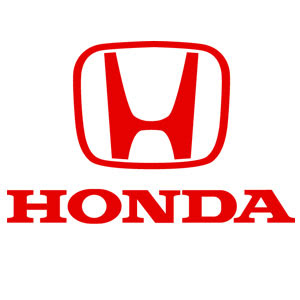
Logo talks about the brand, the company and the business as a whole. It is a symbol that helps people to remember the brand. A logo stays with the business for a long time. It is important for it to be credible and creative. As rightly said by David Ogilvy, "If it doesn¹t sell, it isn't creative." A creative and appealing logo helps the brand to grow to a large extent. If a company wants to create an impact on the customers with its logo, a 2D logo is not sufficient for the purpose. A 2D logo should be rendered into 3D one to give it a modern feel and look. There are many raster to vector conversion software's available in the markets that help in easing the process. But along with finding the right conversion software, creative is key to make your job look even more innovative. Vector logo design can be pleasing and credible only if a professionally trained designer who understands the competition and business clearly designs it.

Hiring a professional is the best way to approach the work. Using a vector conversion software turns out to be far less expensive than hiring a professional. But because the process involves dealing with many variables, it is not easy for a layman to think creative as a professional and achieve the desired result with effortlessness. Hence an assistance of a professional, who has been dealing with the process since long, can make the work much more artistic and simpler.

The process of vectorisation provides a solution to digitize vector data from image sources like scanned maps and drawings, aerial photos, and satellite imagery. Thus the process of R2V is very essential for the photo processing editors, as more and more companies now understand the need and benefit of vector images.

A Chinese proverb saying, 'A Picture paints a thousand words', has come out to be very true today. Images are something that in any medium keeps the viewers stuck. It has become vital for every business to have an online presence these days and images in the web play a crucial role in making the presence worthwhile. The graphics and visualization of a website has to be sharp enough to lure more users. Inserting raster images does not help the website with this. When vector images are inserted, there are more chances of visual attraction. Vector files are used because they are mathematically described because of which it turns out to be smooth at every size or resolution. This is not the case with raster images.

With the e-revolution booming, R2V service is also offered online. These online photo studios offer services like clipping path, image manipulation, 3D logo designing, raster to vector conversion, etc at an extremely affordable cost. The best part about hiring an online studio is that it offers short time turnaround. Even though the cost of these services depends on each work and its quality and quantity, it is mostly reasonable.

No, Vector is not a person...but a term that in short describes the use of geometrical primitives such as points, lines, curves, and shapes, which are all based on mathematical equations to represent images in computer graphics. In other words, it is a type of computer artwork that can be re-sized and printed without having to worry about the resolution or picture quality. So you would be able to take a stamp sized logo and blow it up to a billboard size and it would still have the same amount of detail.

Common computer based artwork is known as Raster Graphics, or for example a "Bitmap." It is explained by Wikipedia as follows: "Computer displays are made up from small dots called pixels. The picture is built up from these dots. The smaller and closer the dots are together, the better the quality of the image, but the bigger the file needed to store the data. If we keep the number of pixels constant, and we magnify the image, then the size of each dot grows and the image becomes grainy..." But Vector art isn't made up from pixels at all. Thus, we avoid the entire picture resolution issue. Raster graphics deal more practically than vector graphics with photographs and photo-realistic images, while vector graphics often serve better for typesetting or for graphic design.

In the Promotional Products industry we deal mostly with Vector artwork and logo design or re-touching. In order to take your company logo from a computer image and print it with clear quality on a physical product, we MUST use vectored artwork. When you start to think about purchasing promotional products, be aware that your logo must be in Vector format. You should also expect to pay anywhere between $10 to $250 to change it into Vector format depending on the complexity and colors within the design. Most promotional products distributors will offer artwork design services along with your order. Within the company I work for, a creative Art Department focuses specifically on helping our clients transform logo ideas into clean "Camera Ready" artwork, and prepare the entire logo for production. The artwork fee should only be a one-time cost, and they should provide you with either a CD or e-mailed version of the finished artwork for your future purchases. Usually Vector artwork will be in the following formats: PDF, EPS, CDR, or AI. But beware, just because an image is found in this format doesn't mean it's Vector. It is possible to paste a Bitmap image into a file with these extensions and it wouldn't be authentic. To test your artwork, try zooming in as far as possible and test if the image is grainy or has poor resolution. Also keep in mind, larger corporations and companies usually have specific guidelines for printing their vectored logos on any items to protect their brand and image.
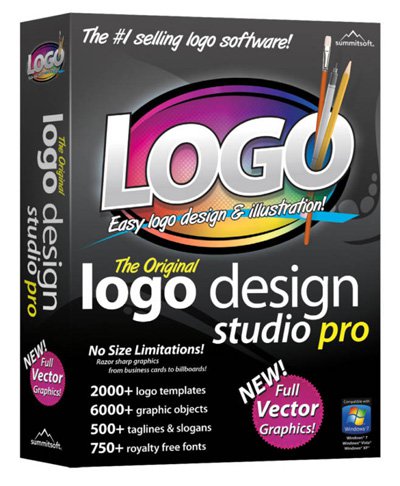
Vector art is composed of mathematically defined geometric shapes that are typically generated using drawing or illustration programs such as Adobe Illustrator. Vector art is comprised of lines, objects and fills. The defined shapes are constructed from mathematical equations that are stored within the file. Vector art entails both magnitude and direction.
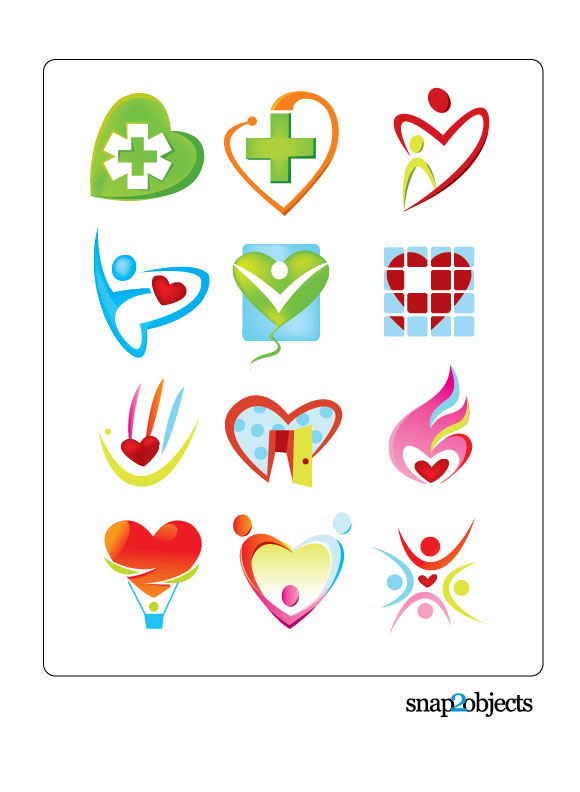
Once vector art is created, it is easily modified within the program it was created in and is not greatly affected when scaled (enlarging or reducing size). Since vector files are mathematically defined, scaling simply requires modification of the mathematic equation. Vector files do not support photograph images very well and can become a problem when exchanging them across different platforms. Vector art is typically saved in an EPS or PDF format.

Vector work is ideal for logo design. Although it is a little more difficult to create a vector logo, it pays off when using it across different media. Since the vector logo can be scaled up or down without losing quality, it enables a smooth transition between the various media.
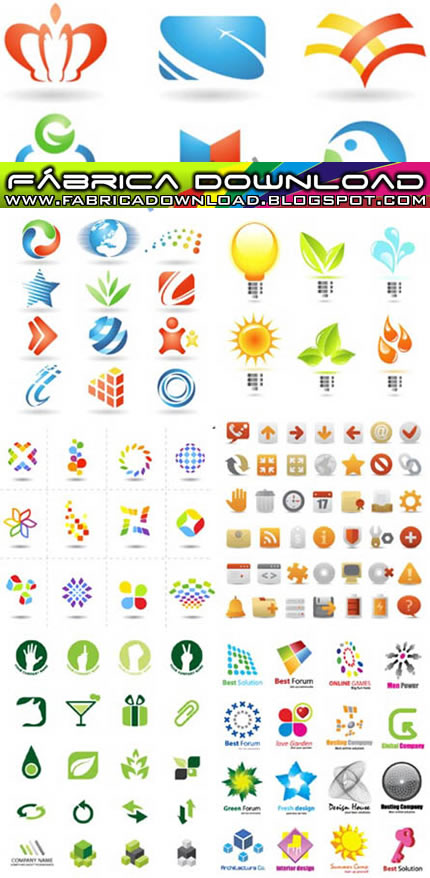
Raster art or images are produced by digital image capture devices such as digital scanners or digital cameras, or by pixel editing programs such as Adobe Photoshop. Raster art is composed of a dot-matrix (grid) or bitmap of digital picture elements (pixels). Pixels are assigned a color and are rectangular shaped. Several tiny pixels in a row create what we perceive as the image. Raster art is typically saved as JPEG, BMP, or TIFF files.

It is simple to convert from vector art to raster, but going from raster to vector is much more difficult and typically results in loss of data and quality. Raster art does not scale up well but can be scaled down without losing quality.

A logo designed in Adobe Photoshop may be ideal for web design or smaller printing but if you're serious about branding, the resulting raster art will be of limited use. When printing a sign or banner, the raster logo will be scaled up and become severely deteriorated and pixelated. While some great effects can be done to the logo in Photoshop, the final product will have limited uses.
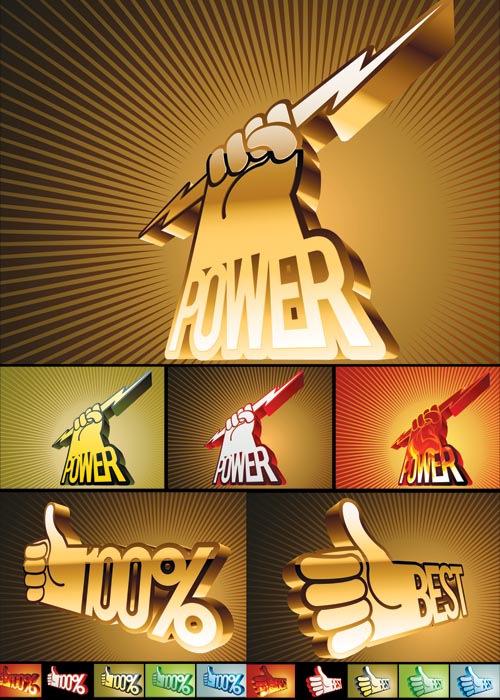








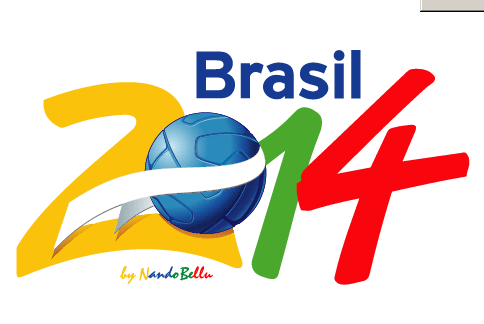


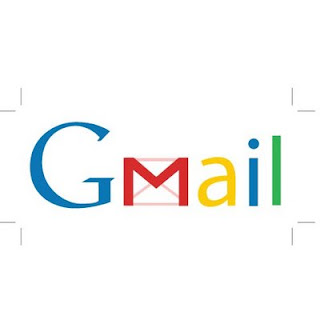

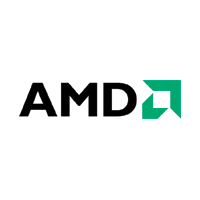

No comments:
Post a Comment